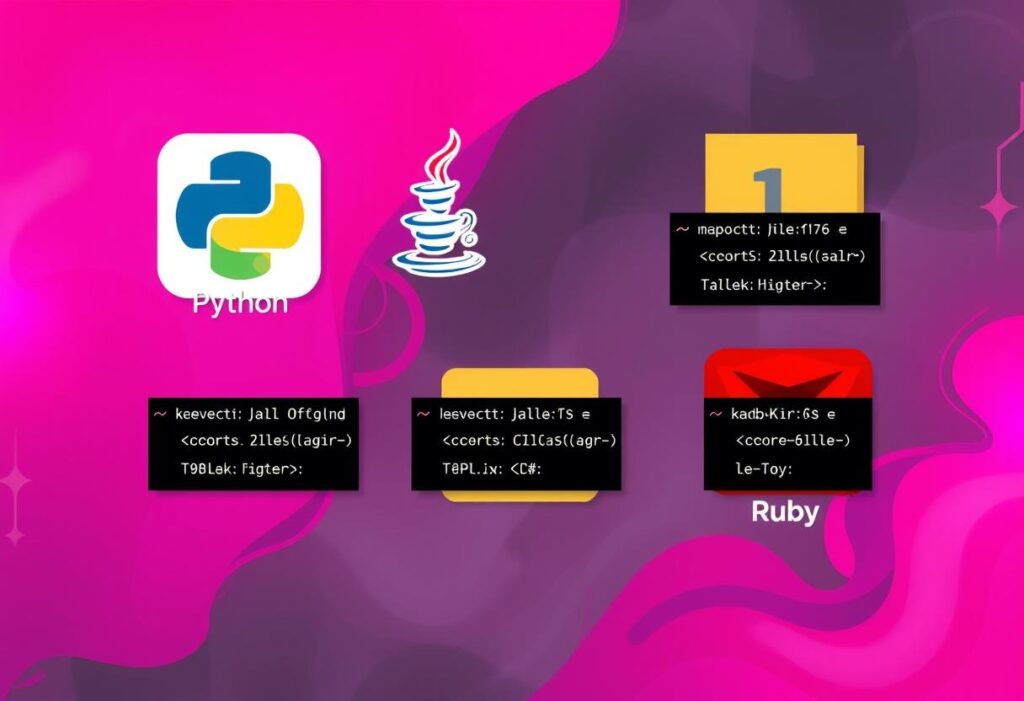Late Binding Why?
Late Binding Why? You should always use early binding which will give you the best performance and you will have the compiler available to you for syntax checking and runtime errors, also IntelliSense. But you may consider late binding if you have the following condition(s). Having to work with unmanaged code for example, Com Objects Having to work with many third-party class libraries that change frequently Including ActiveX Controls Having to work on large and complicated software projects where you have many developers and companies involved Working with many different languages for example Python, Rubio, PHP and VFP. There are many more languages that can be incorporated. Especially when working on cross-platform mobile applications


